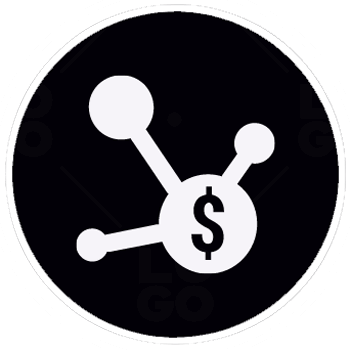If you’re thinking about refinancing your home, you’ve probably already heard that there are no closing costs. If you’re in the market to refinance, you may be wondering if this means it’s a good idea to use no closing costs as your main reason for refinancing. This can be tricky, and you should definitely know what you’re getting into before you make any decisions about using no closing costs as your reason to refinance. Here are some things to consider when deciding if home refinancing with no closing costs will work for you.
What is Closing Cost Refinancing
Refinancing your home can be a great way to lower your monthly payments and save money. If you have low interest rates, but you’re paying high closing costs, it might make sense to refinance. However, think carefully before taking on new debt just to pay off an old one; in many cases, you won’t actually come out ahead if you’re refinancing for reasons other than lowering interest rates. As well as considering how much money you’ll save in terms of cash flow and any existing equity in your home that can be used as a down payment, don’t forget about opportunity cost—what else could you do with that money instead of refinance?
Advantages of Closing Cost Refinancing
Closing cost refinancing can be a great tool for homeowners who want to lower their interest rate. For example, you could refinance from a 5 percent mortgage rate to a 4 percent one. Or, if you’re in an adjustable-rate mortgage (ARM), which has initial teaser rates that rise over time, you could refinance your ARM into a fixed-rate loan before that happens and save yourself thousands of dollars in future payments. Also, refinancing will mean locking in at today’s low rates; although most experts don’t expect those rates to climb much higher than they are now, they do see them eventually rising—so now might be a good time to lock them in before they go up further.
Disadvantages of Closing Cost Refinancing
Some people are tempted to save money on refinancing by agreeing to get a higher interest rate in order to avoid paying out any closing costs. The problem is that, since home loan rates change frequently, there’s no guarantee you won’t end up paying more in interest than you would have had you closed at your original rate. Also, there’s no denying that having a lower interest rate is good for your bottom line. Finally, if you do end up saving money on future refinances by closing at a higher interest rate and decide to get into a new loan years later, when rates have increased significantly, then you may find yourself regretting passing up that first low interest rate.
How Does it Work?
You’ve found your perfect home, but you can’t afford to make all of those high upfront payments. If only there was a way to pay less for that home right away… A refinance may be an option for you. A refinance means that you take out a new loan on top of your existing mortgage and pay off your old loan. If you want to lower monthly payments, a refinance is probably a good move—especially if you’re thinking about moving soon anyway. You might consider refinancing if
Steps to Close Your Loan Without Fees
If you want to get a lower interest rate, or shorten your loan term and save money, you might be considering refinancing your mortgage. In addition to potentially saving money on interest, another good reason to refinance is that home equity can play an important role in helping you weather any financial storms that may arise—especially in retirement when you need it most. A final reason some homeowners refinance is because they have higher-than-average credit scores and are looking for a better interest rate. At Ally Bank, we offer our customers some of the best home equity rates available today! But before deciding if refinancing makes sense for you, there are several factors to consider…
How Much Can You Save?
Lenders are offering new incentives, like low interest rates and fast closings, to help homeowners get back on their feet. However, getting a loan with zero closing costs may not be worth it in some cases—especially if you’re considering refinancing from an existing loan. If you’re interested in refinancing but don’t want to pay any fees, read on for information about your options and how to determine which route is best for you. Remember, there are always different ways to save money when refinancing your home!
What Lenders Are Offering No-Cost Loans Now?
Looking to refinance your home loan? You’re not alone. The share of mortgages that didn’t include mortgage-related fees rose to 40% in 2015, up from 29% in 2012, according to Ellie Mae. But while those no-cost loans may seem appealing, they aren’t always a good idea. For one thing, you need to make sure you have sufficient equity—where your home value is higher than what you owe on your mortgage—to take advantage of them. Many lenders also won’t allow these types of loans for more than 80% of a property’s value.
Final Thoughts on No-Cost Loans
No-cost loans are a great idea if you can swing them, but they’re not always as great as they sound. Don’t take on more debt than you need to. Make sure you run numbers in order to see if a no-cost loan is really a good deal. Think through your options thoroughly, and try not to be blinded by promises of free money. In other words, keep your head—and your eyes open—when taking out new loans or refinancing old ones. And don’t forget that there are other ways to save money on home refinancing, so make sure you do some research before picking up that phone!
Conclusion
If you are looking to refinance your home, then you may want to consider getting a home refinance without paying any closing costs. By doing so, you will be saving money and only paying for what is needed in order to complete your loan process.

